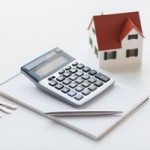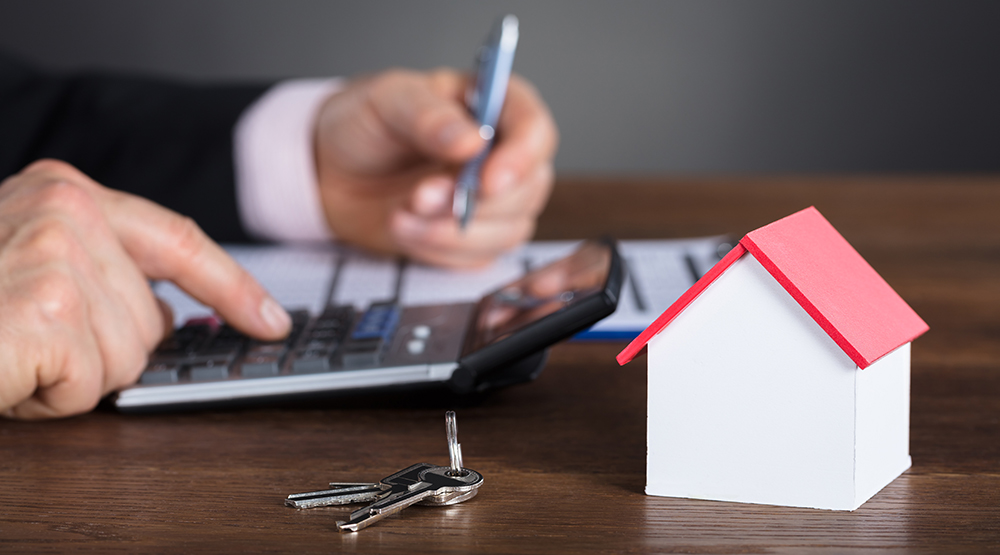
When it comes to flipping houses, one of the most important decisions you make is determining how much your finished product is truly worth. This will inform your budget planning decisions and how you allocate your money on repairs. Unfortunately, appraising houses isn’t as easy as it sounds and can actually be a struggle for both beginners and seasoned veterans.
Here are some formulas you can use to help you save money and properly appraise your property:
1. Determine the Property’s After Repair Value (ARV)
The first thing you want to do before you begin investing in a property is to determine how much it’s going to be worth after your repairs, remodeling and boosting its curb appeal.
Finding out the property’s ARV will also help you determine if it’s likely to be a wise investment or a deal you should avoid. The best way to go about doing this is to look at real estate websites or, ideally, the Multiple Listing Service and find similar houses in the area that have sold in the past 90 – 120 days. You’ll want to look at properties that...
- Are within close proximity to your prospective property (approximately a mile).
- Have similar square footage, age, and room/bathroom count.
- Are situated in a neighborhood similar to your prospective property’s.
Once you’ve narrowed down your search, you can look at the selling price for similar houses. This will help you come up with an idea of your property’s After Repair Value.

2. Calculate the repair costs
A good way to determine the amount of money you’ll need to spend on repairing the average house is to follow the $20 per square foot rule. More of a guideline than an actual rule, this formula suggests that you should plan to spend $20 for every square foot of a prospective property.
While the $20 per square foot rule is surprisingly accurate, it’s important to note that this is for average cosmetic repairs. Projects covered under this rule would include:
- Interior and exterior painting
- Flooring and baseboards
- Electrical and plumbing fixtures
- Kitchen counters, cupboards and appliances
- Doors, blinds and windows
Extensive structural or roof damage, wiring, plumbing, and HVAC units are among the things that you could add to your calculation after making your estimates using the $20 rule.
3. Calculate the added expenses
Beginners often forget to calculate the holding and closing expenses, which can cause problems down the road. The money you spend flipping a property isn’t only used on purchasing and repairing the home. Some of it goes towards the following fees:
Closing costs
- Buying closing costs – factor in 0.5% of your purchasing price.
- Selling closing costs – agents typically want 5% or 6% commission and buyers may ask for a concession between 1% to 6%. The average concession tends to be around 3%.
- Additional closing costs – add another 1% for attorney fees, or title and escrow fees.
Altogether, factor in anywhere between 6 to 10% for closing costs.
Holding costs
- These vary depending on the property, but they can be quite expensive.
- Can include property taxes, utilities, landscaping and other types of maintenance, insurance, HOA dues and utilities.
- Holding costs add up over time, which is why you want to sell your property as quickly as possible.
Financing costs
- Could cost you around 10% on your annualized return if through a private lender.
- Hard money lenders typically charge 12% annualized plus 2 to 3% in additional fees.
4. Some easy-to-use formulas
Now that you have an idea of what costs to factor in, you can do the math that will help you with your evaluation. Here are two formulas that you can try:
- (The ARV) – (Repair costs) – (The fees from closing and holding) – (Your preferred profit) = Your offering price.
- The ARV x 70% - Repair costs = Your offering price.
Both methods can be quite useful. Formula one gives us a relatively accurate look at what our offering price should be, but it requires us to have a realistic idea of the profit we require to do the deal.
Formula two is the popular 70% rule, which is a bit more general, but has been used successfully by many investors. Some people adjust the figure to 60% or 80% depending on the job.
Overall, these formulas are not one-size-fits-all methods. Instead, they are good guidelines to help you get an idea of how much you should plan to spend on your investment.



